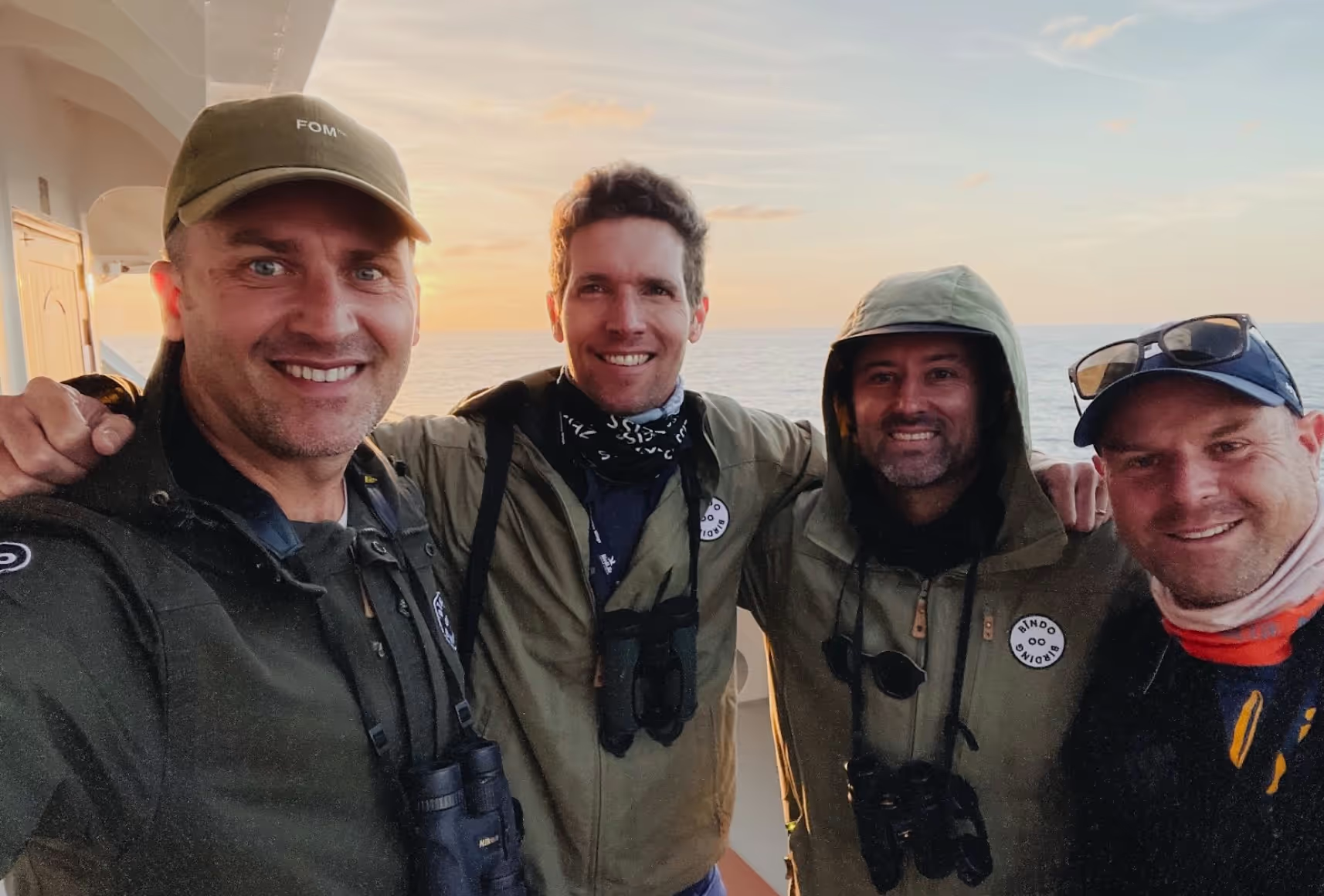Five years of Bindo: the journey so far

Five years ago this month, we quietly started building what would become Bindo. Back then it wasn’t even called Bindo, just a scrappy little birding app with too many bugs and not enough birds. Our “alpha” testers (a generous term) were a small group of loyal friends who were patient enough to log sightings on something that froze more than it flew. Some of them are still with us today, which says something about the strength of the birding community and maybe about how much they like a challenge.
It took nearly three years before we felt ready to show it to the world. The public launch, just over two years ago, was both exhilarating and terrifying. We’d built something that could finally stand on its own legs, but we had no idea whether anyone else would want to walk alongside us. Then the sightings started to pour in. And they didn’t stop.
Since then, Bindo birders have logged more than 850k sightings, from quiet suburban gardens to long, dusty drives through the Kalahari, from pelagic trips to Marion Island to the now-legendary kayak pelagics off Cape Point (listen to Guy Balme’s story). Every one of those sightings tells a small story: a bird, a moment, a pair of binoculars, and a heartbeat that quickened when something rare flickered into view.
In the early days, we also helped a handful of birders import their BirdLasser lifelists into Bindo. It was part of a test to show what their data could look like in our lists, areas, and leaderboards. Each import took time and care. Matching names, cleaning data, reconciling taxonomies that sometimes felt more political than scientific. We learned a lot from that process, but as Bindo grew, we had to make a choice.
The truth is, manual imports are time-consuming. As more birders joined, our small team’s focus had to shift toward improving performance, building new features, and supporting a growing community. That means we can’t continue manually importing BirdLasser data for free. Instead, we’re channeling our energy into something more scalable: building tools that empower birders to manage their own data, including future imports.
This isn’t about closing a door; it’s about opening the right one. We want Bindo to remain a fair, transparent, and community-driven space. For that reason, while imported sightings will still count toward your personal lists and lifelists, they won’t be included in group, area, or challenge leaderboards. It wouldn’t feel right for someone to upload thousands of old sightings the night before a challenge ends and walk away with the prize. That’s not what Bindo stands for.
There’s another reason for this: taxonomy. BirdLasser, eBird, and Bindo don’t always speak the same language. Sometimes even the names within these other apps don’t match their own exports or expected imports. We’ve worked hard to make imports and exports as seamless as possible, but we can’t promise perfection, especially when other platforms use outdated lists or different species splits. What we can promise is that we’ll keep improving, and that our exports will always aim to meet the standards of the platforms that receive them.
And as ever, we’ll continue working directly with SABAP2 to ensure atlas submissions flow smoothly. That’s core to what Bindo is: not just another birding app, but part of a bigger citizen-science ecosystem that helps turn every sighting into something meaningful.
Five years on, we’re still learning, still listening, still building. There’s a long flight path ahead, and it’s one we’re taking together.
